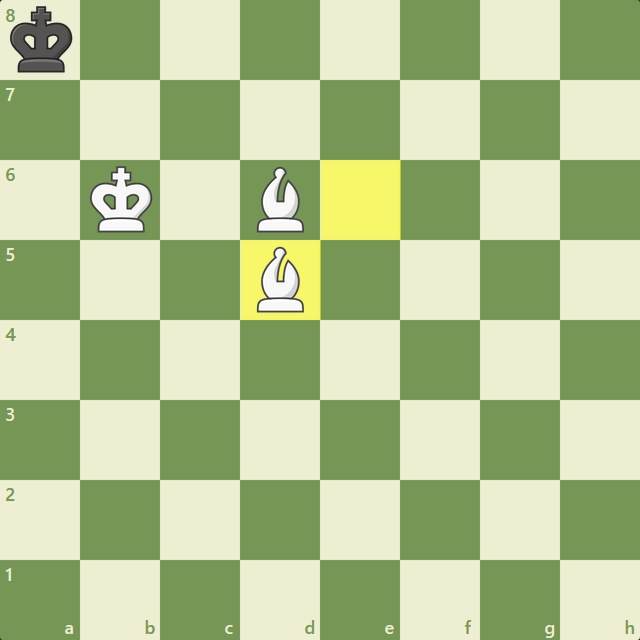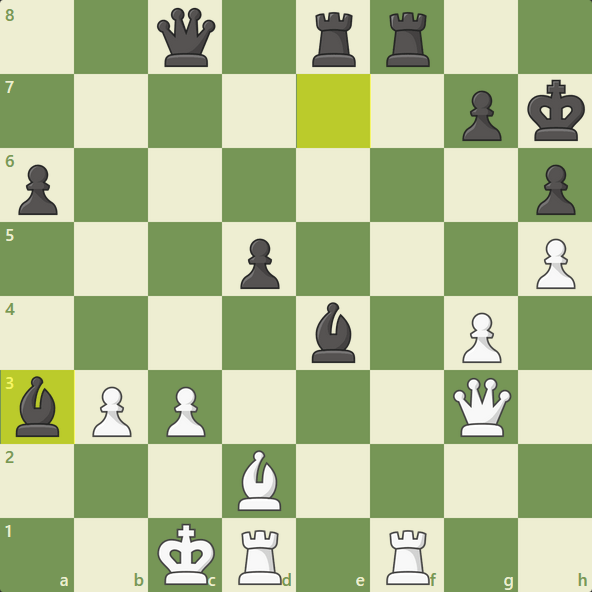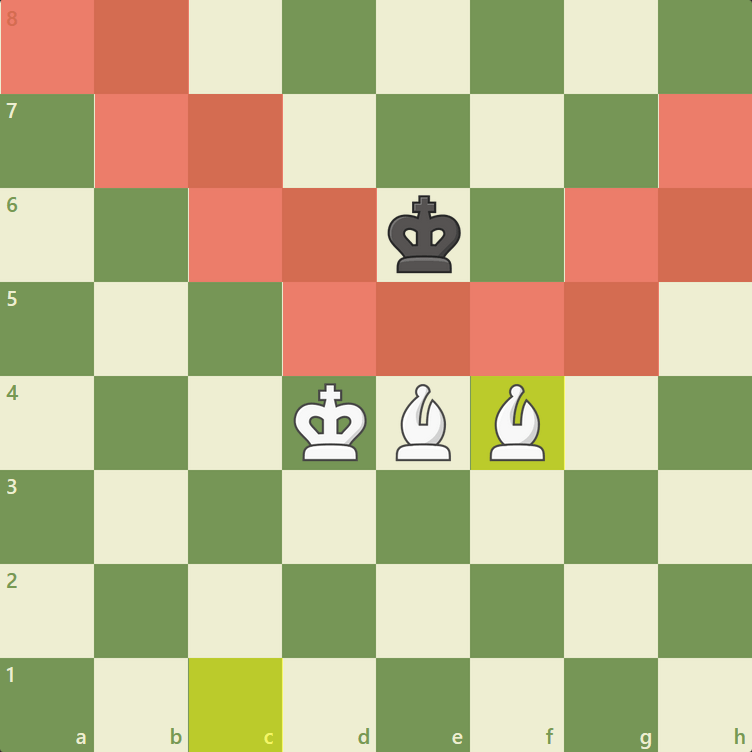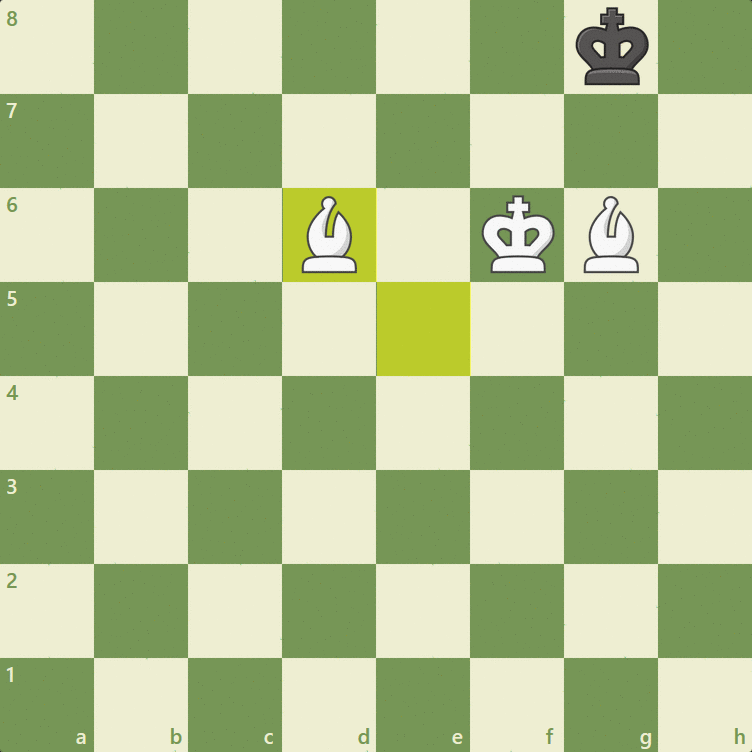
Checkmate With Two Bishops
The bishop pair is a dangerous weapon for players who know how to use it. Learn how to explore the full power of bishops to deliver checkmate and win the game.
Here is what you need to know about a checkmate with two bishops:
- What Is The Checkmate With Two Bishops?
- Why Is The Checkmate With Two Bishops Important?
- How To Deliver A Checkmate With Two Bishops
- Test Your Skills
- Conclusion
What Is The Checkmate With Two Bishops?
The two-bishop checkmate is a mating pattern that uses two bishops and a king to deliver checkmate to an enemy king. One bishop attacks the king while the attacking king and the other bishop prevent the checkmated monarch from escaping.

Because bishops are long-range pieces, they don't need to be on specific squares for this checkmate to happen. Instead, they need to attack key diagonals while the supporting monarch protects the remaining escape square.
Why Is The Checkmate With Two Bishops Important?
An endgame with two bishops and a king against another king is a rare occurrence in chess. However, learning how to deliver this checkmate is crucial for every chess player.
Not only will it allow you to win the game whenever it does happen, but you will also get a better understanding of how a bishop pair works. Mastering this type of checkmate will give you the basic skills that serve as building blocks to more advanced tactics and checkmates, such as Boden's Mate.

How To Deliver A Checkmate With Two Bishops
The secret to checkmating with two bishops is to use them in conjunction with your king to force the opponent's king to the board's corner. The bishop pair is very efficient in this task because it can easily create a barrier that the enemy king cannot cross.

Now that you understand how bishops can control key diagonals to block the enemy king, it's time to move on to the checkmating pattern. Here is our starting position:

The first step is to force the king to the board's edge. You do that by using your bishops and king to restrict the black king. There are many ways to do this, but one particular piece setup is easy to remember—placing your bishops side-by-side and bringing your king in to help.

After you have successfully forced the enemy king to the board's edge, it's time for you to push it to one of the corners. Once more, there are many ways to do that, but one straightforward pattern is easy to remember.
It starts with your king sitting right next to your two bishops.

In this position, you step back with the bishop closest to your king and then move your king to the square that your bishop previously occupied.

Next, you move the bishop again twice to place it next to the other bishop. After you do that, you reach a position similar to the one you started with, but the opponent's king is a bit closer to the board's corner.

Repeating this pattern forces your opponent to keep moving closer to the board's corner, where you will be able to mate him.

You should repeat that pattern until your king is just three squares away from the edge of the board.

In this position, you want to make sure the black king is not returning to the center. You do that by using your outer bishop to restrict the monarch.

Then you should make way for your king with your light-squared bishop. Notice that Black is stuck on the g8 and h8 squares. After your king is in position, you are almost ready to deliver the checkmate.

Notice that if you make the wrong move, you might give Black the chance to repeat the previous position or, even worse, stalemate the black king. A waiting move forces Black to put his king on g8. You can then proceed to checkmate the king and win the game.

The board below shows the whole pattern and a few possible variations.
Test Your Skills
Now that you know how to checkmate with two bishops, it's time to practice your skills. Solve the puzzles below using the technique you've just learned.
Puzzle 1: There are many ways to restrict the black king in this position. How can you do it using the pattern you've learned in this article?
Puzzle 2: This is one of the key positions of this mating pattern. Do you remember which bishop move keeps the black king from returning to the center of the board?
Puzzle 3: How can you checkmate the white king in this position?
Conclusion
You now know what the checkmate with two bishops looks like and how you can deliver it. Watch our interactive lesson about this checkmate and then head over to our Drills page to practice this checkmating pattern so you can execute it easily the next time you have a chance.








